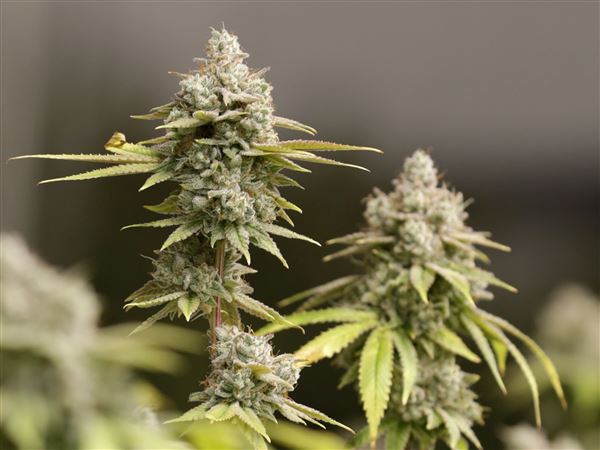Thanks to their huge, stout, hooked beaks, macaws are the champion nutcrackers among the world’s nearly 400 species of parrots. In fact, the name “macaw” comes from indigenous South American words for palm tree, because macaws are one of very few animals that can crack the extremely hard shell of palm nuts. The largest macaws can exert a bite force of 2,000 pounds per square inch, which is 10 times that of a human and twice that of a snapping turtle!
Macaws are the largest flighted parrots, and the cobalt-blue Hyacinth Macaw, measuring almost 3½ feet from the top of its head to the tip of its long tail, is the largest species of macaw. The exceptionally long tail that is typical of macaws serves as a kind of third wing, providing additional lift and increased maneuverability at slow flight speeds. This is an advantage for species that make many takeoffs and landings as they move through the rain forest in search of food, water and minerals (yes, minerals!).
One of the most spectacular sights in all of nature is the predictable flocking of dozens or even hundreds of brilliantly colored macaws and other parrots at special “clay licks.” Clay licks are natural mineral deposits, such as exposed eroded banks along rivers, where macaws can satisfy their need for salt and other trace elements lacking in their diet.
Unfortunately, among the 20 or so recognized species of macaws, two-thirds have suffered serious population declines due to cutting of forests (macaws nest in holes in large trees) and over-consumption: They are hunted for their meat and feathers and illegally trapped for the pet trade. Five species are now extinct in the wild, three are considered critically endangered (including the Spix’s Macaw, made famous by the animated movie, “Rio”), four are endangered, two are listed as “vulnerable,” and one is “near threatened.”
The National Aviary is home to five beautiful macaw species, including the endangered Hyacinth Macaw. This summer it is offering a brand new interactive outdoor bird show free with paid admission. Performed on a beautiful new stage, and set in the aviary’s picturesque rose garden, “Taking Flight: An Aerial Adventure,” promises to engage, entertain and educate visitors with a parade of talented avian performers, including a multicolored mixed flock of Green-winged, Scarlet, and Hyacinth Macaws.
First Published: May 28, 2014, 4:00 a.m.














